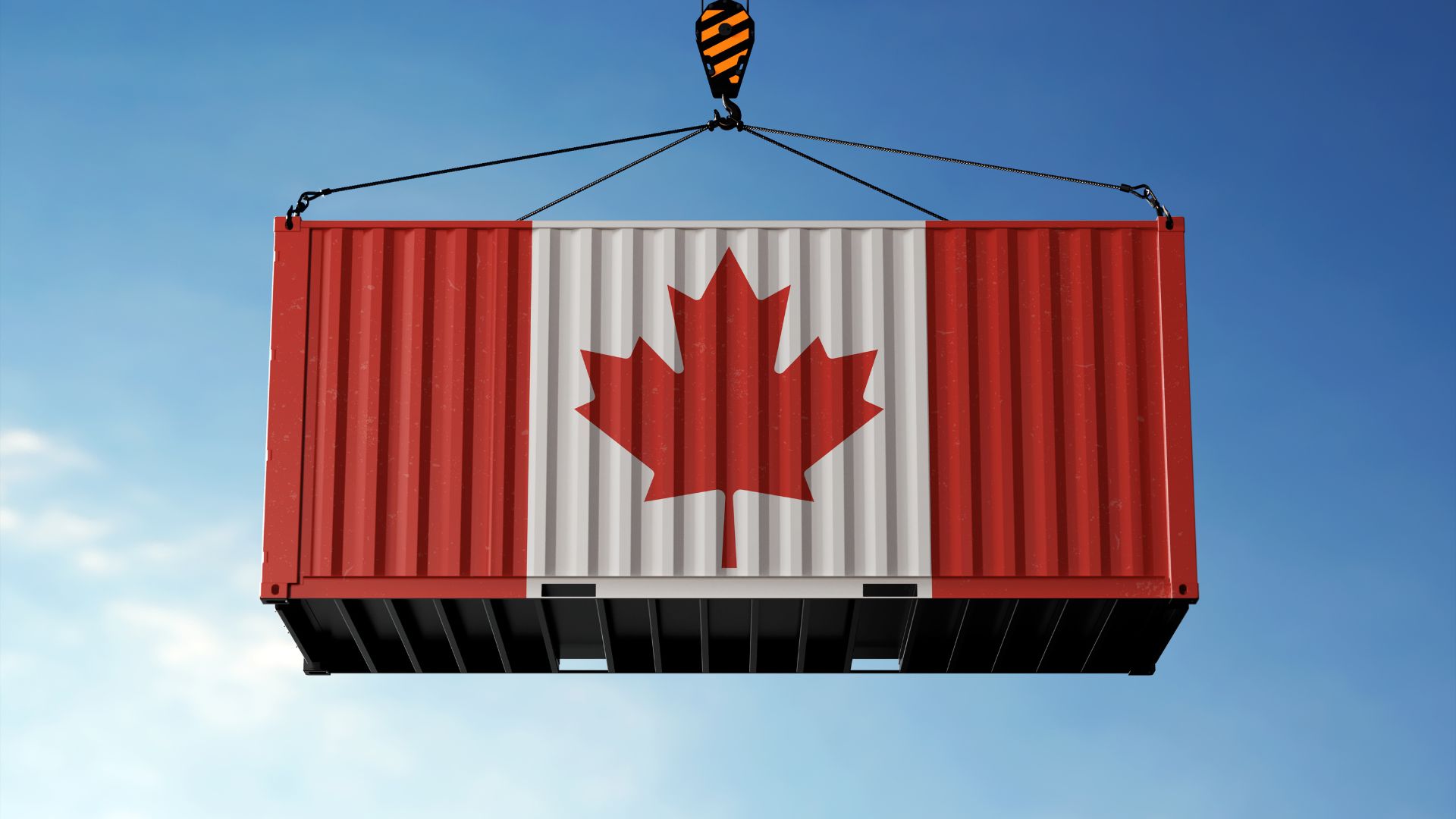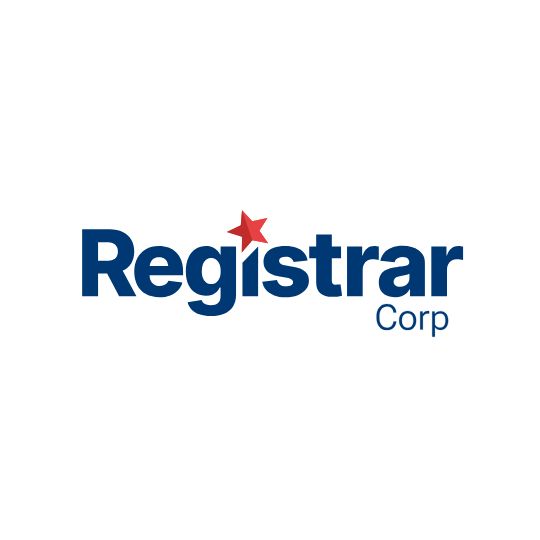When selling cosmetics in Canada, the Cosmetic Ingredient Hotlist is one of your most important compliance tools — and often one of the most misunderstood. It’s not a suggestion or guideline; it’s a legally enforceable document under Canada’s Food and Drugs Act and Cosmetic Regulations. Whether you’re a manufacturer, importer, or distributor, you are responsible for ensuring your products don’t contain ingredients that are banned outright or used outside of Health Canada’s strict limits. Getting this wrong can mean seized shipments, forced recalls, retailer delistings, or damage to your brand’s trust overnight.
What the Hotlist Includes
The Cosmetic Ingredient Hotlist itself is a living document. It outlines substances that are either completely prohibited or restricted in how they can be used. Prohibited substances must never appear in your formulas, not even in trace amounts that exceed what Health Canada allows as naturally occurring. Restricted substances can be used only under clearly defined conditions — often concentration limits, product type restrictions, or mandatory cautionary statements on your bilingual labels.
Recent Changes and Additions
Recent updates illustrate why watching the Hotlist is not optional. Health Canada’s upcoming amendments for 2025 propose adding Basic Violet 4, Basic Blue 7, and PHMB (Polyaminopropyl Biguanide) to its list of restricted or banned substances due to new carcinogenicity and sensitization data. Ingredients like Symphytum spp. (comfrey) are losing long-standing exceptions because of updated evidence on liver toxicity. Brucine is moving from restricted to outright banned status for its acute neurotoxic effects. Furocoumarins, too, now fall under tougher rules — banned when added intentionally, only allowed at naturally occurring trace levels within tight limits.
The Risk of Assumptions
The takeaway is clear: any brand relying on old Hotlist versions or assuming that what’s allowed in the EU or US is automatically acceptable in Canada is playing with fire. One ingredient slip or mislabeling error can ground your products at the border or force a costly recall once they reach store shelves.
Auditing Ingredients Proactively
Staying compliant means integrating the Hotlist deeply into your everyday operations. The first step is building an airtight ingredient audit. Brands that do this right treat it as a living process, not a one-time check. They review every ingredient, including synonyms and hidden trade names. They demand up-to-date Certificates of Analysis (COAs) and Safety Data Sheets (SDSs) from suppliers — and for high-risk ingredients, they run independent lab tests rather than relying solely on a supplier’s word. Many of the biggest enforcement actions come down to hidden contaminants or misidentified raw materials that slipped through routine paperwork.
Building Strong Supplier Controls
The next level is strengthening your supplier controls. Leading brands tier suppliers by risk, ensuring their most critical suppliers undergo annual on-site GMP audits and provide immediate notice of any formulation change that could affect Hotlist status. For lower-tier suppliers, documented COA updates and clear contract clauses can ensure you aren’t caught off guard. Building these guardrails into your supply chain agreements matters. If a supplier changes a source or process, you need that flagged before products ship.
The Value of Toxicologist Reviews
Having a toxicologist review your ingredients can feel like a luxury — until it saves you from a border hold. Registrar’s Hotlist Ingredient Review does exactly this. Bringing in expert eyes means hidden risks like multiple synonyms or updated toxicology won’t catch you by surprise.
CNF Updates and Reformulation
Formulation changes happen, so brands need to plan for them. If you discover an ingredient needs replacing, the reformulation process must include new stability tests, safety checks, and clear version tracking. Many brands fall short here by failing to update their Cosmetic Notification Forms (CNFs) when they change an ingredient or concentration. Canada requires a CNF for each cosmetic product, filed within ten days of first sale. Any meaningful change means filing a fresh CNF. Out-of-date CNFs are one of the most common violations brands get flagged for in real audits.
Label Compliance and Language Requirements
Bilingual labeling is equally critical. The Consumer Packaging and Labelling Act demands that any cautionary statement required by the Hotlist appears correctly in both English and French. Marketing teams sometimes edit or adapt wording for style — a small tweak can make the label non-compliant overnight. Registrar’s Bilingual Label Compliance service ensures final packaging matches both the Hotlist wording and Health Canada’s CPLA format standards.
Responsible Person Representation
Having a valid Responsible Person (RP) with a Canadian address is not a formality — it’s your direct line for official notices. For many brands without a Canadian office, Registrar Corp acts as the designated RP, ensuring a real presence in Canada for audits or urgent regulator contact.
Documentation and Recordkeeping
Good compliance goes deeper than documents. It’s about having proof you can show instantly. This means storing COAs, lab reports, supplier communications, label proofs, CNF filings, and any corrective action logs for at least three to five years. If Health Canada knocks, you need to pull these records fast, in both English and French.
Training, Claims, and Recalls
Staff training is the glue that holds the whole system together. Hotlist compliance isn’t just an R&D or regulatory job. Marketing needs to know that adding claims like “treats eczema” could reclassify a product as a drug under Canadian law. Sales teams need to know that old inventory can’t ship if a new Hotlist ban lands. Onboarding and annual refreshers keep everyone aligned.
Mock recalls are not paranoia — they’re a smart practice. Running recall drills once or twice a year shows your team knows how to pull non-compliant SKUs, coordinate with Health Canada, and communicate clearly with customers. Brands that run these tests discover gaps while the stakes are low.
Staying Engaged with Regulatory Updates
Finally, staying engaged with Health Canada’s updates and the Chemicals Management Plan ensures you see new bans or restrictions coming before they hit the final Hotlist. The brands that stay ahead submit feedback during consultation periods and adjust supply chains proactively.
Registrar Corp’s Complete Solution
There’s no single shortcut to Hotlist compliance, but there is a proven path. Registrar Corp combines ingredient reviews by qualified toxicologists, bilingual label checks, CNF Filing, Responsible Person representation, and EU-to-Canada conversions for brands expanding from European markets. That complete approach means your products don’t just meet today’s standards — they stay ready when the rules shift tomorrow.
Canada’s cosmetics market rewards brands that see the Hotlist for what it really is: an enforceable promise to keep customers safe. Treating it that way — with practical processes, real documentation, and expert backup — turns compliance from a cost center into a competitive edge. Registrar Corp can help you get there and stay there, every step of the way.









